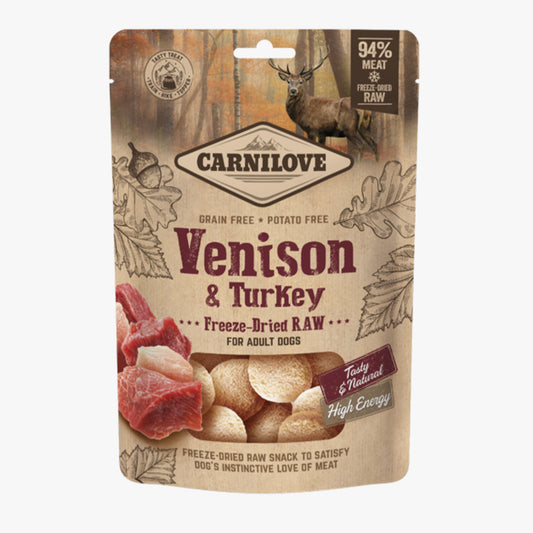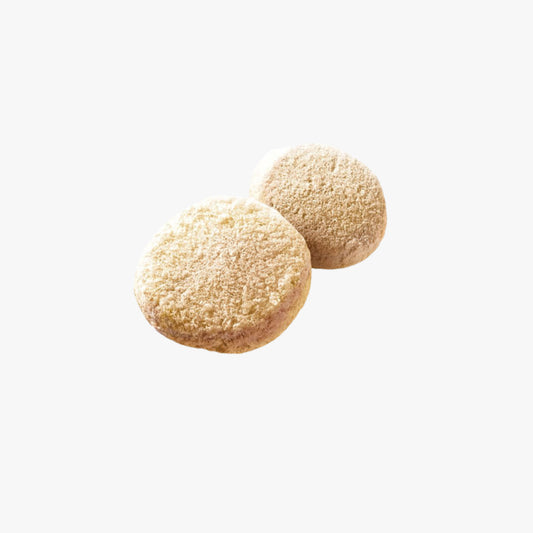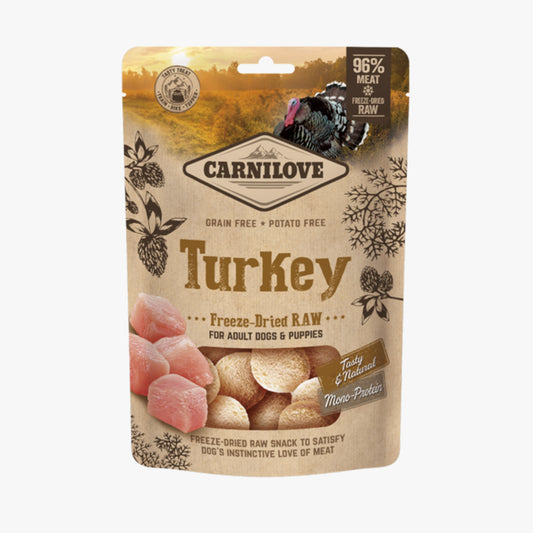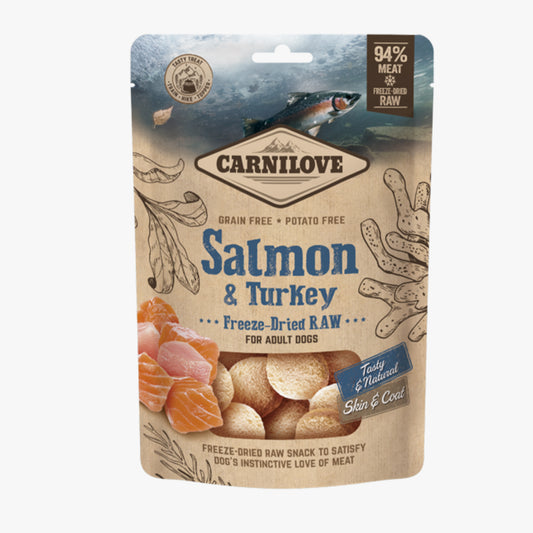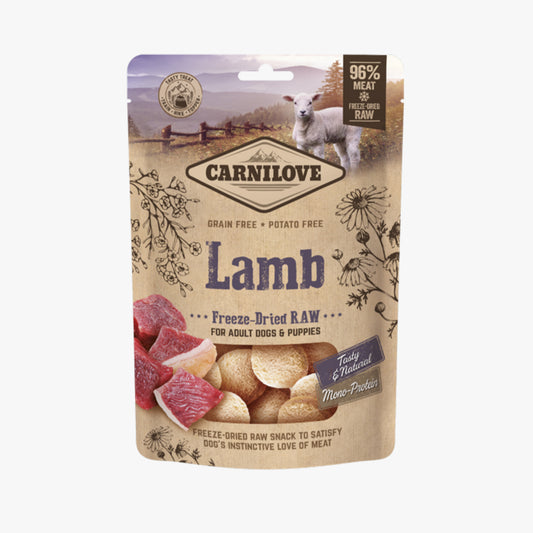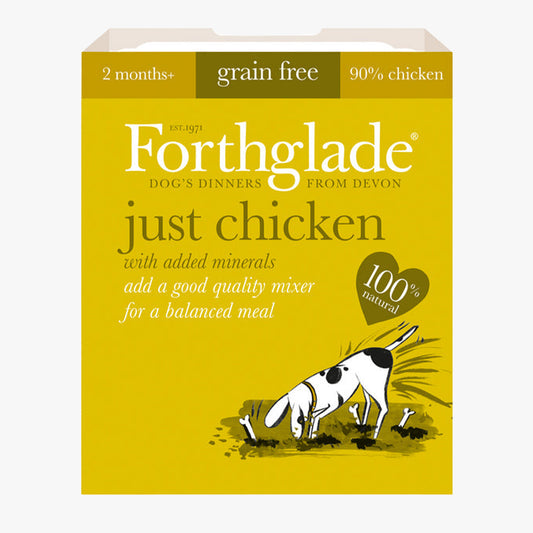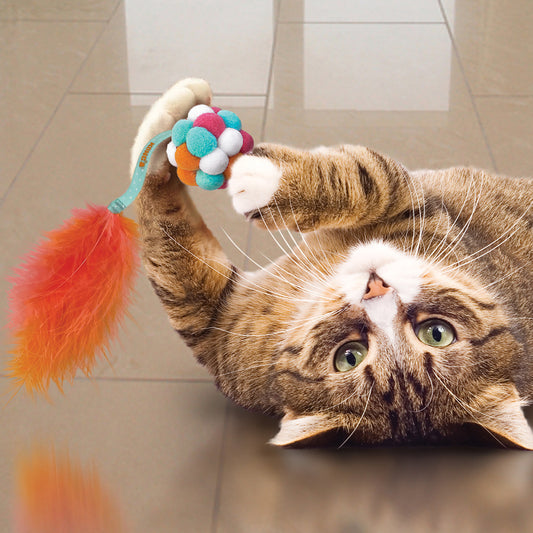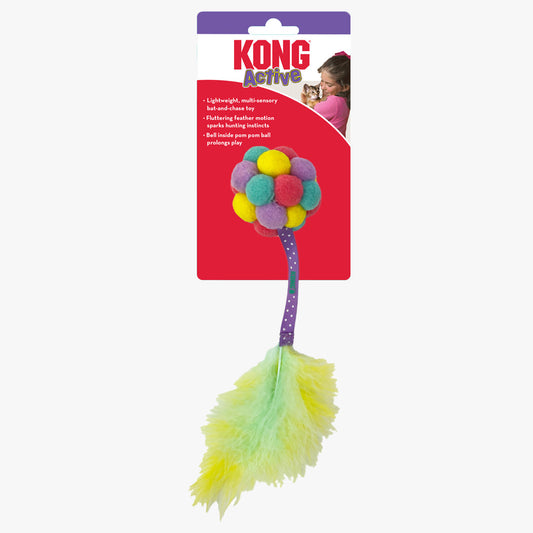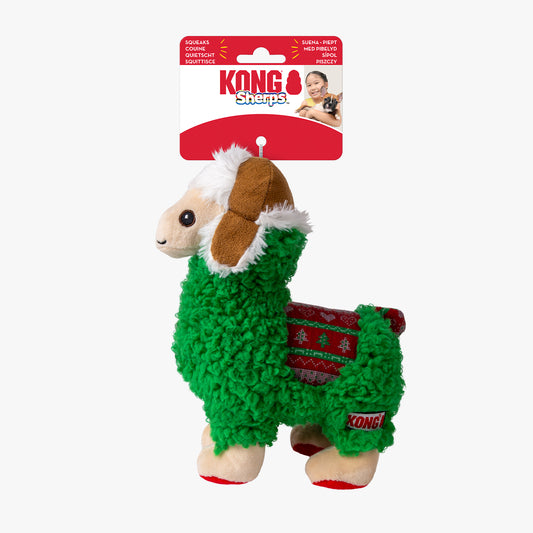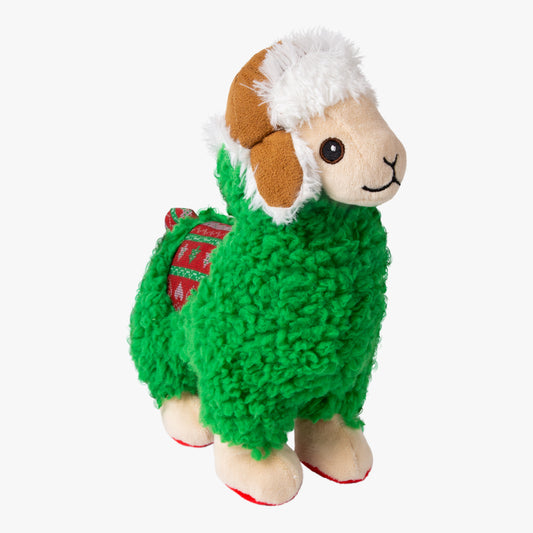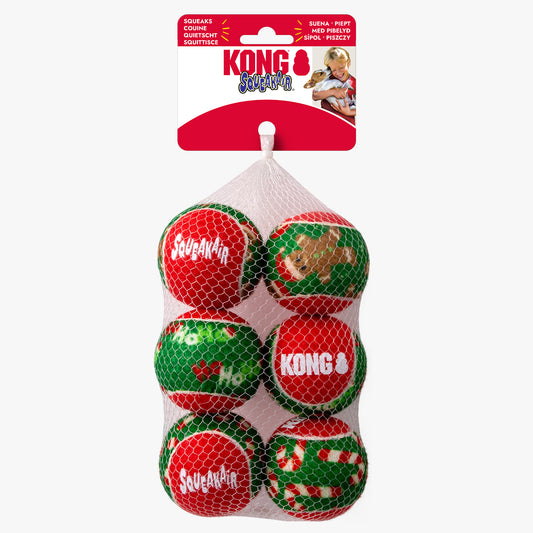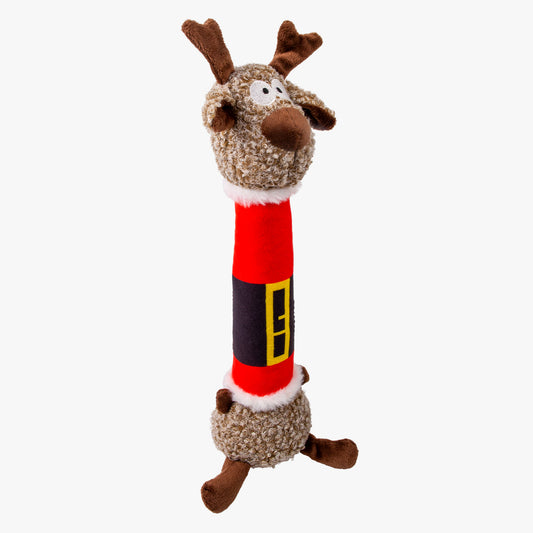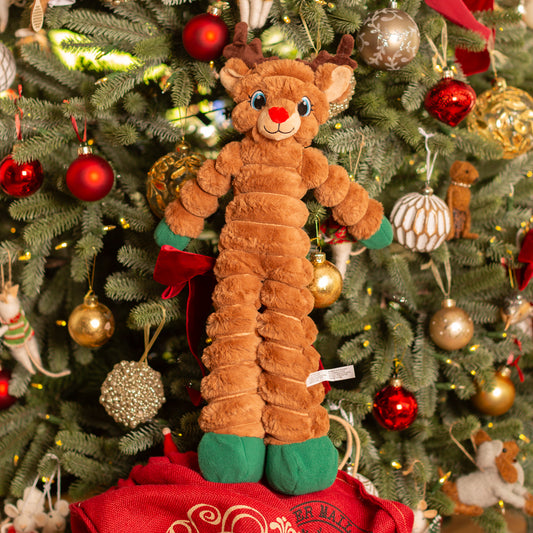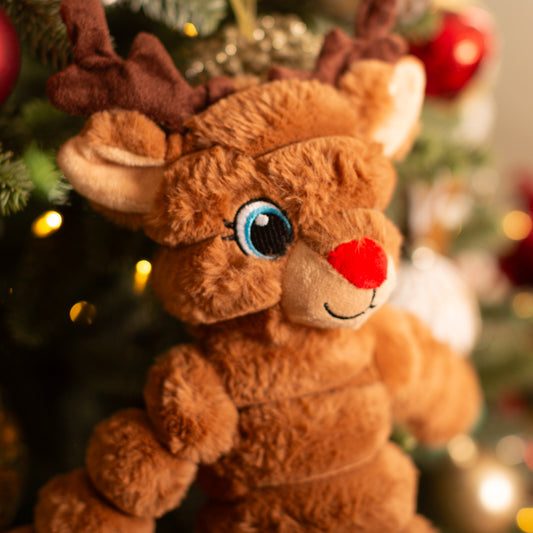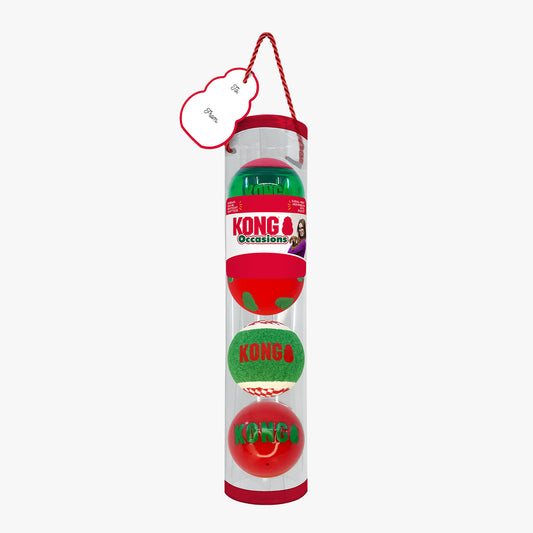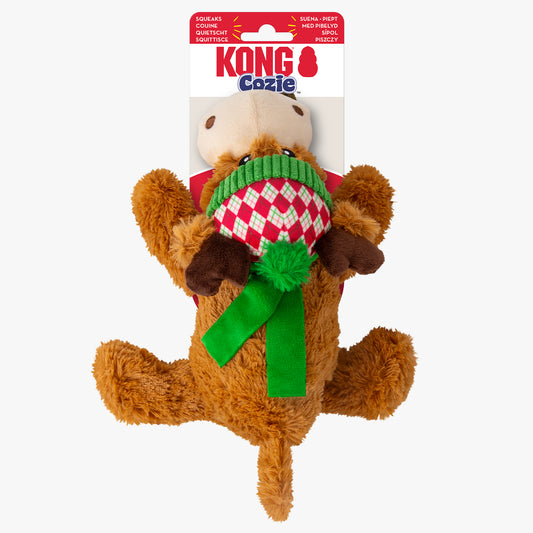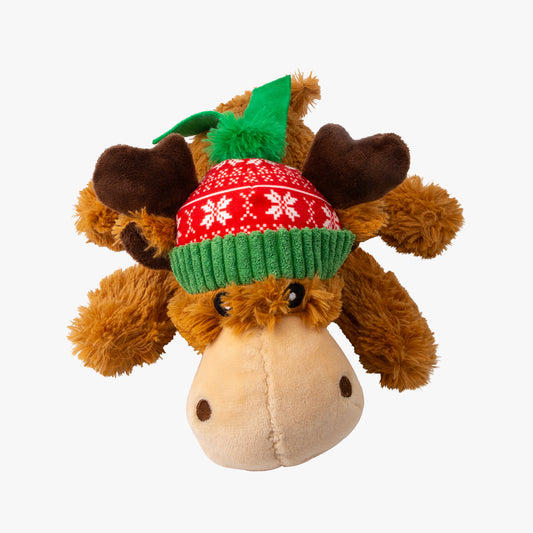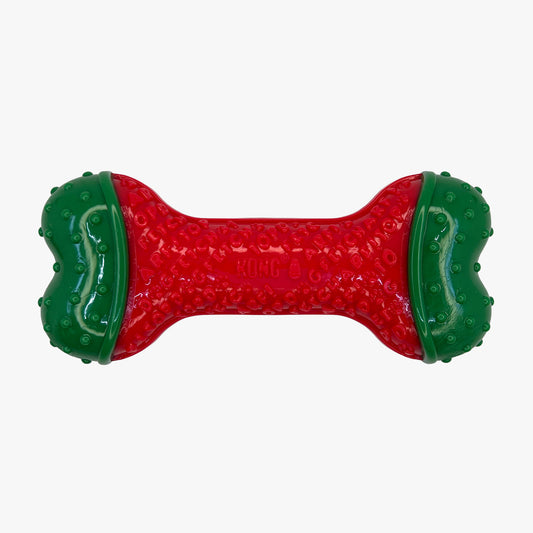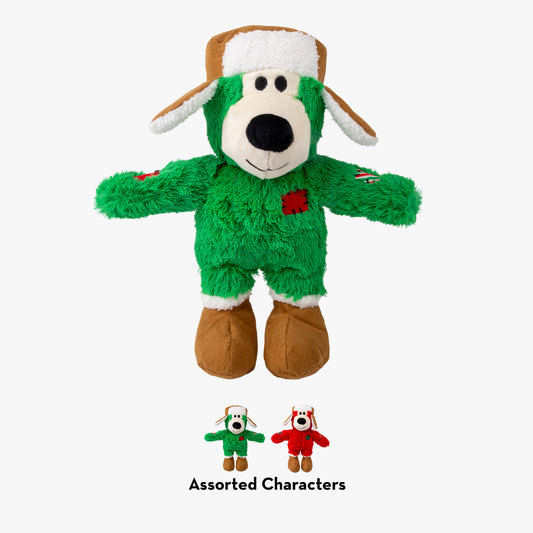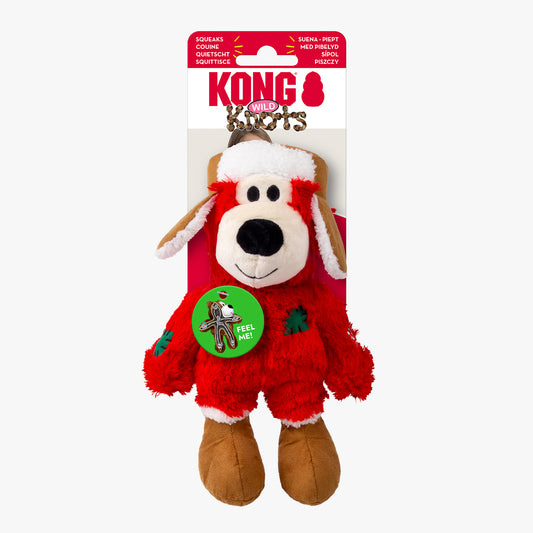No matter whether you keep to a strict feeding schedule for your canine companion or you free-feed your pup and allow them to graze over the course of the day, you may have seen your pet playing with their food bowl. From nudging it around the kitchen with their nose to picking it up with their mouth and flipping it, different types of ‘bowl behaviour’, as it is known, are common among all breeds of dogs.
While these behaviours can be endearing on the surface, did you know that your dog could be trying to tell you something when they play with their food bowl? In this blog, we look into some of the reasons your faithful four-legged friend might be tipping their bowl, discuss if you should be concerned, and look at ways you can try to prevent them from doing this.
Why Do Dogs Push Food Bowls?
There are three main reasons your dog may be pushing or flipping over their food bowl. These range from simply disliking the bowl or the food inside it to physical illness. Read on to find out more.

Why Does My Dog Flip Their Food Bowl?
1. Your Dog Doesn’t Like The Bowl Or Finds It Difficult To Use
Different breeds of dog require different types of food bowls. For example, dogs with large snouts, such as greyhounds, whippets and Afghan hounds, find eating out of a deeper bowl much easier than traditional, more shallow doggy dishes. Similarly, extra tall bowls which have walls that narrow towards the top are ideal for dogs with long ears, helping to ensure their ears stay out of their food. With this in mind, if a dog is struggling to use their bowl comfortably because it does not meet their needs, they may push or flip it out of frustration. To avoid this, always research which type of bowl is best for your breed of dog and ensure it is the correct size and placed at a comfortable height for your furry friend to eat at.
If your dog has only recently taken to pushing or flipping their bowl, it could be that they are being put off by the smell or texture of the item. For this reason, making sure the bowl is regularly cleaned is a good idea. Ceramic or steel bowls tend to be the easiest to clean.
2. Your Dog Doesn’t Like The Food In The Bowl
Dogs can be picky eaters and can often turn their noses up at food that they have happily eaten for years for no apparent reason. When this happens, pushing or flipping their bowl - typically while it is still full - may be their way of letting you know they want something else. If you believe this to be the case, consider switching the flavour or brand of food you are giving your pooch. However, we do not recommend doing this too often. If you do, your smart canine may view the new food as a reward for tipping their bowl, causing them to repeat the habit.
3. Your Dog May Be Unwell
Although this is the most unlikely reason of the three, your dog may be pushing or flipping their bowl because they are not feeling well. This could be because an illness is impacting your pooch’s appetite, or because a certain type of food is giving them a sensitive stomach, and they simply cannot face a full bowl of food.
With this in mind, if this bowl behaviour is a fairly new habit and is accompanied by other concerning health-related symptoms, such as vomiting, diarrhoea and/or a prolonged loss of appetite, you should take your dog to the vet for a check-up.
How To Stop Your Dog From Flipping Their Bowl
Perhaps the easiest way to stop this behaviour is to simply replace their existing food dish with a smart non-spill bowl. These cleverly designed items feature a heavier base with a low centre of gravity that prevents dogs from being able to push them or flip them over.
Additionally, in order to nip this habit in the bud early, you should attempt to condition your dog out of it. This is to say, each time you see your pet about to tip their bowl, use the command ‘no’. If they respond by stopping, reward them with a treat. If they continue to tip their bowl over, do not punish them, simply don’t give them a treat. Over time, this conditioning should help to your furry friend to learn that tipping their bowl is not acceptable.
Why Do Dogs Take Food From Their Bowl And Eat It Elsewhere?

Aside from bowl pushing and flipping, another common dinner time habit for many dogs involves taking their food from their bowl and eating it elsewhere. This is a common habit that is usually caused by one of two reasons.
The first reason is simply instinct. Dogs are pack animals and pack mentality can manifest itself in the form of food guarding. More common in certain breeds - such as huskies and beagles - as well as in homes with more than one dog, this habit is simply a way for your dog to feel as though they can eat in peace, without the threat of someone stealing their precious food.
The second reason is loneliness. This is to say, if your dog’s bowl is in one room and their entire human family is in another during meal times, they may feel lonely and want to eat their meal in the company of their family. This may sound silly, but dog’s naturally long for companionship, and if this means carrying their food into another room mouthful by mouthful, they will do it!
To prevent this habit, simply sit in the same room as your pooch as they eat. If you have multiple pets, having different feeding times and allowing each pet to eat their meal in peace is also a good idea.


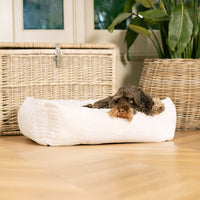

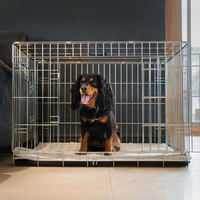
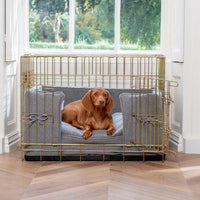
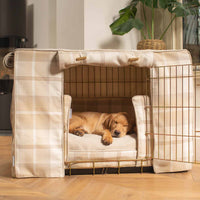
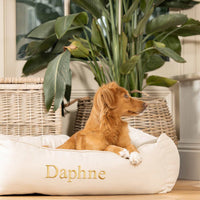
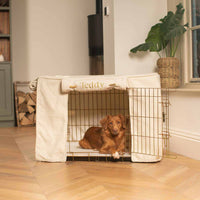
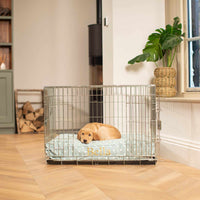

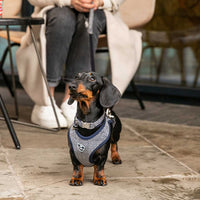
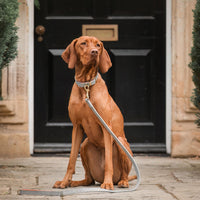


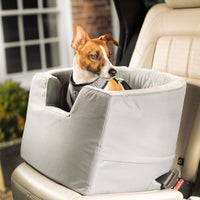


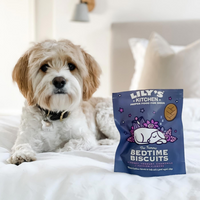
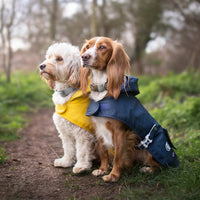
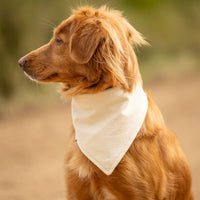
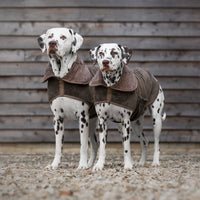

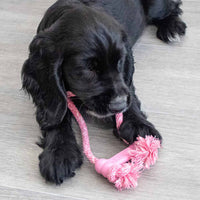






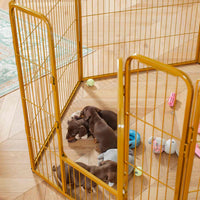
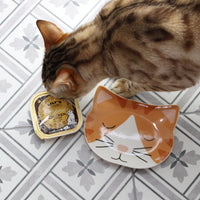
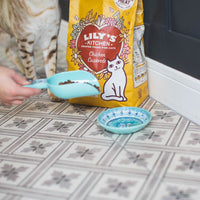
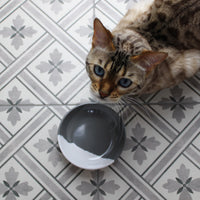
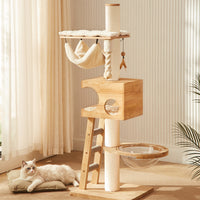



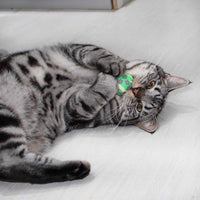
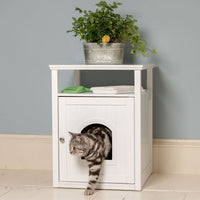
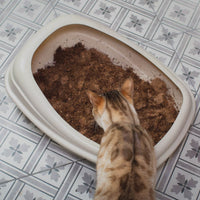
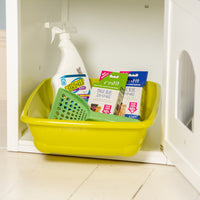
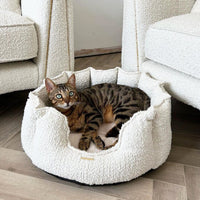
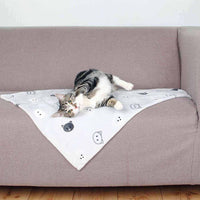
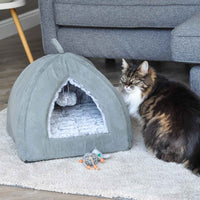


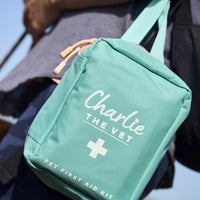




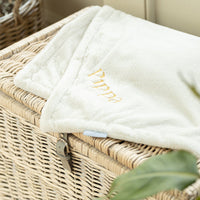
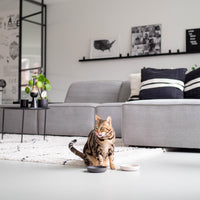


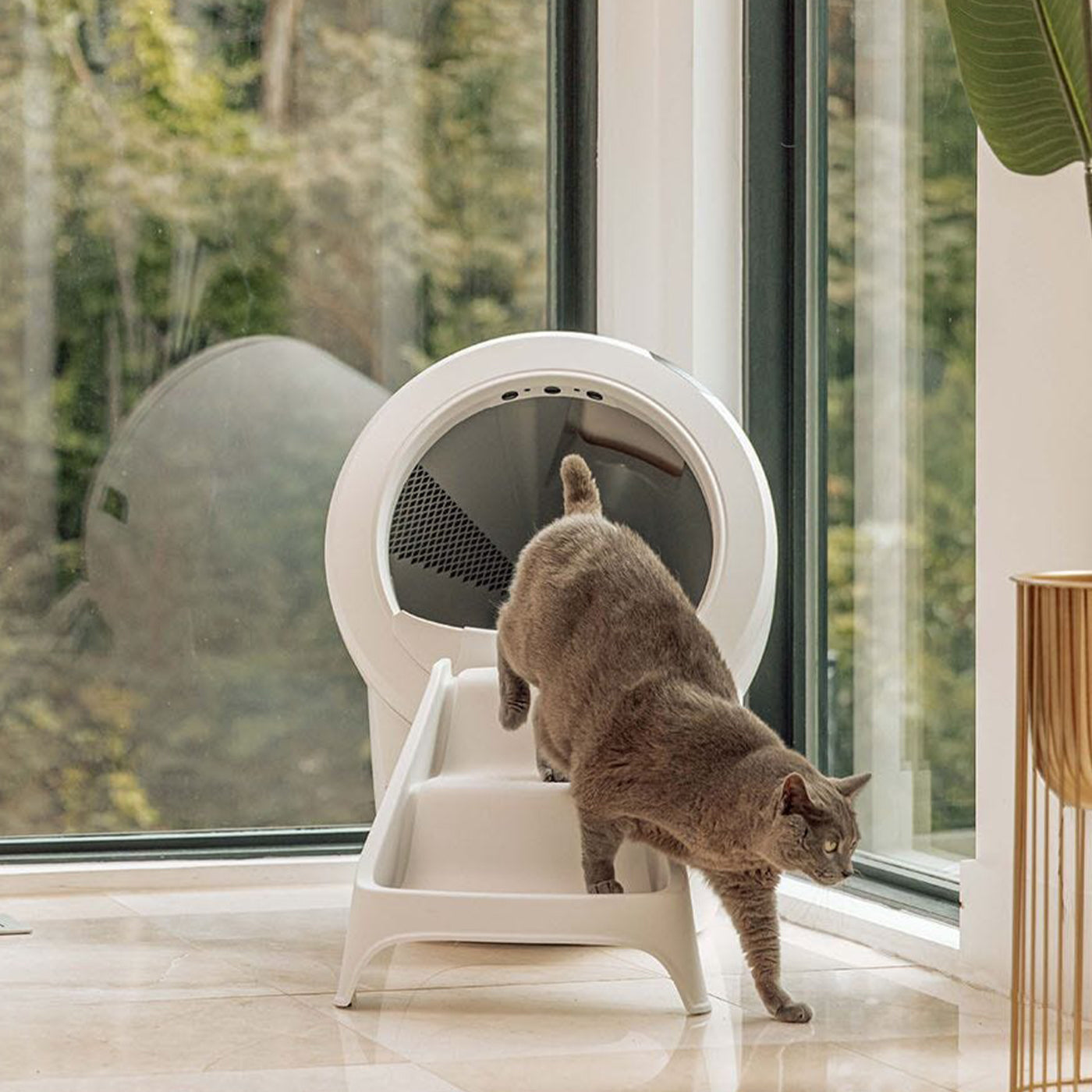

![[color:grey]](http://www.lordsandlabradors.co.uk/cdn/shop/files/ScruffsScandiNonTipBowl.jpg?v=1684154709&width=533)

![[color:grey]](http://www.lordsandlabradors.co.uk/cdn/shop/products/Scruffs-Classic-Long-Eared-Dog-Bowl-3.jpg?v=1648565589&width=533)






